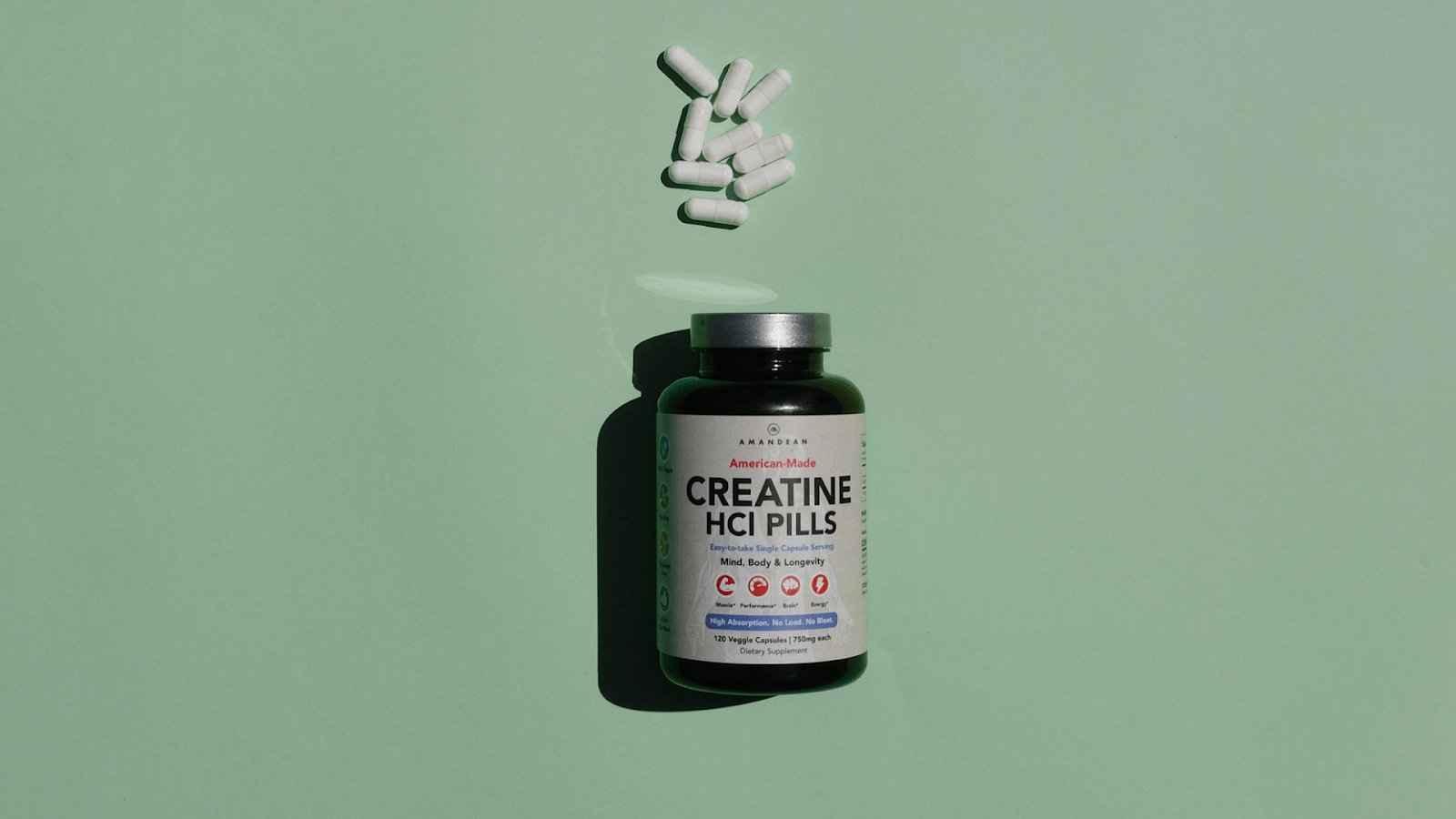Your Cart is Empty

August 21, 2024 5 min read
Take our quiz and find which supplements your body is craving.

Written by Chris Bellanger, BHSc in Nutritional Medicine
In the world of health and wellness, where innovation constantly pushes the boundaries of what’s possible, one therapy has captured the attention of both medical professionals and health-conscious individuals alike: Red Light Therapy (RLT).
Emerging from the confluence of cutting-edge research and technological advancements, RLT has been hailed as a non-invasive solution for a myriad of health issues, from skin rejuvenation and pain relief to cognitive enhancement and even potential cancer treatment support.
But what exactly is RLT, and how does it work? Let's explore the evolution, mechanisms, applications, and future potential of this intriguing therapy.
Red Light Therapy is a subset of a broader therapeutic approach known as Photobiomodulation (PBM), which began its journey in the late 1960s with the discovery of low-level laser therapy (LLLT). PBM utilizes specific wavelengths of light, typically red or near-infrared, to elicit physiological responses that promote healing and reduce pain.
Initially confined to the use of lasers, the field has since evolved to incorporate light-emitting diodes (LEDs), which have broadened the accessibility and applicability of the therapy.
In its early days, PBM relied heavily on lasers, prized for their precise, coherent, and monochromatic beams. These characteristics made lasers effective in clinical settings, particularly for wound healing and inflammation reduction.
However, the introduction of LEDs has revolutionized PBM. LEDs offer several advantages over lasers, including lower costs, ease of use, the ability to cover larger areas of tissue, and, importantly, a safer profile for both clinical and home settings. This shift has democratized PBM, making it more accessible to a wider audience.

At the heart of RLT’s effectiveness lies its ability to trigger complex biochemical processes at the cellular level. The therapy operates by exposing tissues to specific wavelengths of light, typically in the red (620-750 nanometers) or near-infrared range, which penetrate the skin to reach cells.
RLT's primary mechanism involves the interaction of photons with photoacceptors in the cells, particularly a key enzyme in the mitochondrial respiratory chain known as cytochrome c oxidase. When this enzyme absorbs light, it enhances mitochondrial activity, leading to increased production of adenosine triphosphate (ATP), the energy currency of the cell. This boost in energy production facilitates various cellular processes, including repair, regeneration, and reduced inflammation.
This enhancement of cellular function has been linked to a range of therapeutic benefits, from faster wound healing to improved skin texture and reduced pain. The light's ability to stimulate collagen production is particularly noteworthy in skin rejuvenation, offering a non-invasive alternative to more traditional methods that often involve some degree of thermal damage.
One of the most popular applications of RLT is in skin rejuvenation. The therapy’s ability to boost collagen production and enhance cellular repair processes has made it a favored treatment for reducing fine lines and wrinkles and improving overall skin texture. Unlike other skin treatments that rely on thermal damage to stimulate repair, RLT is both non-thermal and non-ablative, meaning it doesn’t harm the skin. This has positioned RLT as a gentle yet effective option for those looking to maintain youthful skin without invasive procedures.

RLT has also shown promise in managing chronic pain and inflammation. Conditions such as fibromyalgia, neuropathy, and even the side effects of cancer treatments like chemotherapy-induced peripheral neuropathy have been targeted with RLT, with studies suggesting significant relief. The therapy’s anti-inflammatory effects are believed to result from its influence on cellular energy production and its ability to modulate inflammatory responses at the molecular level.
One of the most exciting frontiers of RLT research lies in its potential neurotherapeutic applications. Transcranial PBM (t-PBM) involves directing light through the skull to influence brain function. By enhancing mitochondrial function in neurons, t-PBM may protect against neurodegeneration, reduce oxidative stress, and promote neurogenesis.
Early studies have shown promise in treating conditions like major depressive disorder (MDD), Alzheimer’s disease, and Parkinson’s disease. The therapy’s potential to improve cognitive function and protect brain health opens up a new avenue for non-invasive treatments in neurology.
The influence of RLT on stem cell behavior represents another groundbreaking area of research. Studies have shown that exposure to specific wavelengths of light can promote the differentiation of stem cells into osteoblasts, the cells responsible for bone formation. This has significant implications for regenerative medicine, particularly in enhancing the efficacy of stem cell therapies for bone and tissue repair.
While RLT has shown potential in alleviating the side effects of cancer treatments—such as oral mucositis and radiation dermatitis—its role in oncology remains a topic of debate. There are concerns that, at certain doses, RLT could inadvertently stimulate the growth of cancer cells.

However, some studies suggest that RLT might enhance the effectiveness of traditional cancer treatments by increasing cancer cells' susceptibility to apoptosis (programmed cell death) through mechanisms like the Warburg effect. This dual potential underscores the need for careful dose management and further research to fully understand the implications of RLT in cancer therapy.
Despite its promising applications, RLT and PBM face several challenges. One of the most significant is the lack of standardized treatment protocols. The effectiveness of RLT can vary widely depending on factors such as wavelength, power density, and treatment duration. Establishing optimal parameters for different conditions is crucial for maximizing the therapy’s benefits and minimizing potential risks.
Moreover, while the role of cytochrome c oxidase in RLT is well-established, the complete picture of how RLT exerts its effects at the molecular and systemic levels is still unfolding. Future research is needed to explore other potential pathways and photoacceptors that might contribute to the therapy’s effects.
As we look to the future, the potential of Red Light Therapy seems boundless. Its non-invasive nature, coupled with growing accessibility through LED-based devices, makes RLT an attractive option for a wide range of medical and cosmetic applications. From promoting skin health and reducing pain to enhancing cognitive function and potentially aiding in cancer therapy, RLT offers a versatile tool for improving health and well-being.
However, it’s important for individuals considering RLT to approach the therapy with informed caution. Consulting with healthcare providers, particularly those experienced in integrative and functional medicine, can help tailor RLT to individual needs and conditions, ensuring that the therapy is used safely and effectively.
In conclusion, Red Light Therapy represents a fascinating intersection of light, biology, and health. As research continues to deepen our understanding of its mechanisms and expand its applications, RLT could very well become a cornerstone of non-invasive therapeutic strategies, offering new possibilities for enhancing the quality of life for many.
Whether you’re seeking to rejuvenate your skin, alleviate chronic pain, or explore cutting-edge neurotherapies, the future of health may indeed be glowing—quite literally—with the promise of red light.

September 22, 2025 9 min read
Unlock the full benefits of creatine for women. Boost energy, beauty, and brainpower with Amandean’s clean formulas.

September 20, 2025 10 min read
Algae-based omega 3 by Amandean is a plant-based source of EPA & DHA. A cleaner, sustainable alternative to fish oil. Learn more and shop now.

September 18, 2025 11 min read